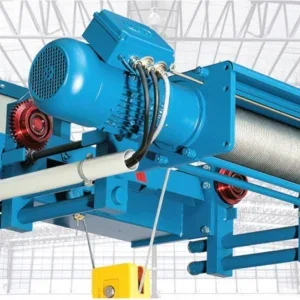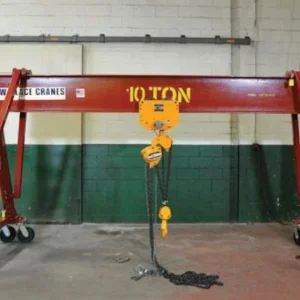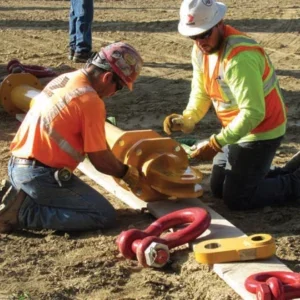According to Yale, the Series N lift trucks are built on a scalable platform, offering improved productivity, operator ergonomics and a low total cost of ownership. This allows owners to configure the lift trucks based on their unique needs. Meanwhile, durable components and extended service intervals help minimise downtime and reduce maintenance costs over the life of the equipment.
As standard, the GP40-70N models come equipped with features that offer enhanced visibility, safety and productivity.
The trucks are designed with the operator in mind. They feature a large, strategically located step, prominent grab handle and contoured hood to make it easy for the operator to get on and off the truck.
The compartment is spacious and features adjustable controls to help operators stay comfortable and productive throughout their shifts. The low dash and wide mast help enhance visibility of the fork tips and load when picking, placing or travelling forward, helping support operator awareness, confidence and efficiency.
All Series N trucks include a dynamic stability system (DSS) as standard. The DSS provides automated alerts and assistance to operators by implementing truck performance limitations in real-time. This helps to help minimise forward and sideways tip-overs (when making use of the seat belt).
The GP40-70N can be also ordered with optional operator assistance systems designed to further support operator and pedestrian awareness and help prevent facility and product damage in specific applications.
These technologies include a rearfacing camera and rear-view display, spotlights and pedestrian awareness lights, and preset lift-height selector.
“Cost pressures and labour shortages are testing the ability of operations to balance profitability with productivity,” Yale Materials Handling Corporation brand manager, Brad Long, said.
“Equipment can be part of the solution, but the one-size-fits-all forklift approach of yesteryear won’t cut it.
“The Series N gives warehouses and retail operations the freedom to dial the trucks to their own standards to meet the needs of their operators, application and business challenges,” he added.






